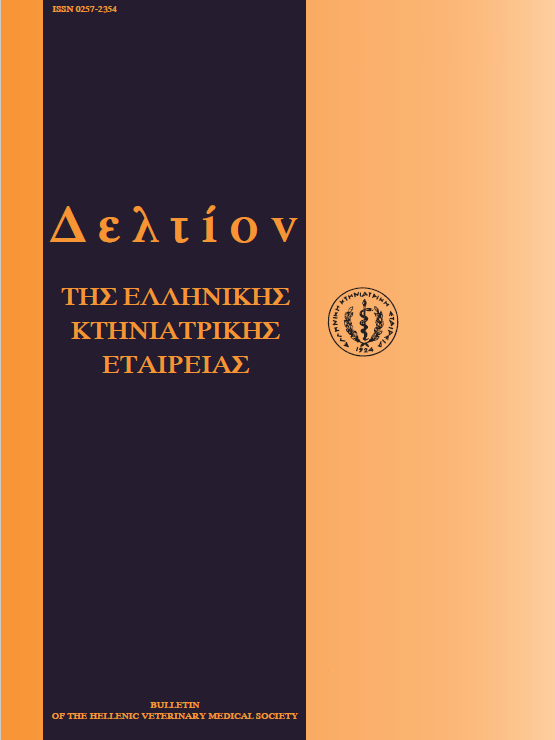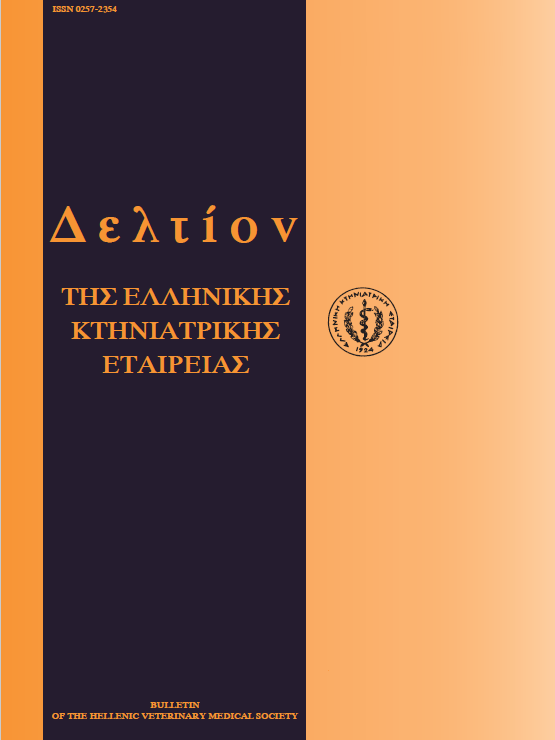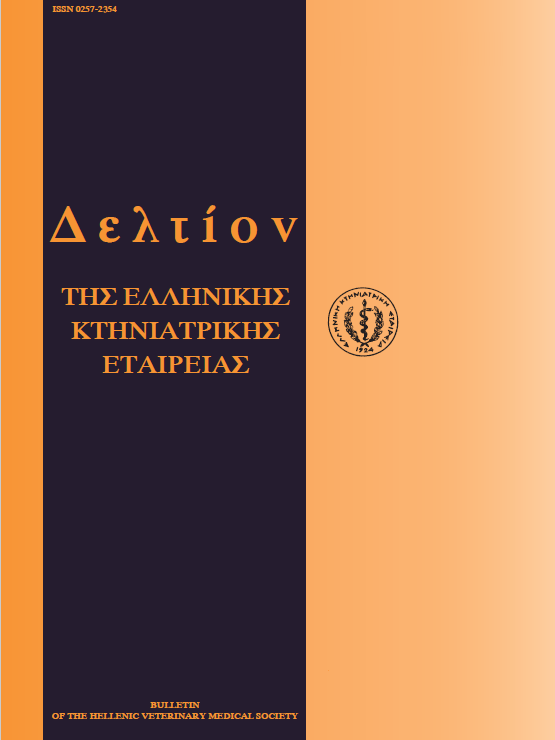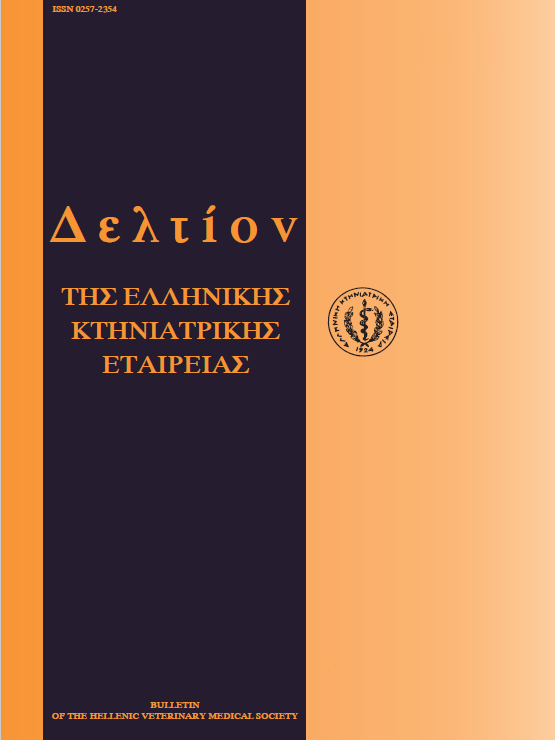Οι κυριότερες μυκοτοξινώσεις στους χοίρους: μεταβολισμός και τοξινοκινητικη των υπευθύνων μυκοτοξινών
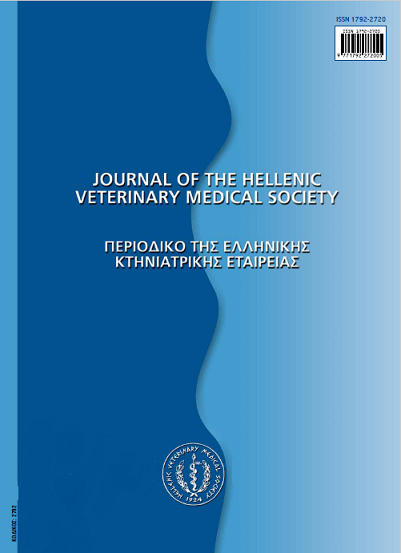
Περίληψη
Οι μυκοτοξίνες είναι δευτερογενείς μεταβολίτες των μυκήτων που αναπτύσσονται σε διάφορες βασικές ζωοτροφές (συχνότερα στο καλαμπόκι, στο σιτάρι, στο κριθάρι κ.λπ.), οι οποίες χρησιμοποιούνται στα σιτηρέσια των χοίρων. Αναπτύσσονται είτε κατά την καλλιέργεια είτε κατά τη μεταφορά ή αποθήκευση των δημητριακών καρπών. Οι μυκοτοξίνες προσβάλλουν το 25% της παγκόσμιας παραγωγής δημητριακών καρπών προκαλώντας εκτεταμένες οικονομικές απώλειες. Οι κυριότερες μυκοτοξίνες πουπροκαλούν κλινικά συμπτώματα στους χοίρους είναι: από την ομάδα των αφλατοξινών η αφλατοξίνη Βΐ 5 από την ομάδα των τριχοθεσινών η δεοξυνιβαλενόλη (DON) και η ζεαραλενόνη (ZEN), από τις ωχρατοξίνες η ωχρατοξίνη Α (ΟΤΑ) και από τις φουμονισίνες η φουμονισίνη Bj. Η επίδραση των μυκοτοξινών στους χοίρους εξαρτάται από την έκταση και το ρυθμό απορρόφησης τους, από την κατανομή, τη σύνδεση ή την εντόπιση τους σε διάφορους ιστούς και από τον τρόπο αποβολή τους. Το ποσοστό συμμετοχής των παραπάνω διεργασιών, οι οποίες συμβάλλουν στην κινητική των τοξινών, εξαρτάται από τις χημικές και φυσικές τους ιδιότητες, καθώς και από την αλληλεπίδραση τους με τους ιστούς που είναι υπεύθυνοι για το μεταβολισμό και την απομάκρυνση τους. Σκοπός της συγκεκριμένης εργασίας είναι η καταγραφή των κυριότερων σταδίων του μεταβολισμού και η διερεύνηση της τοξινοκινητικής των παραπάνω μυκοτοξινών στους χοίρους. Επιπλέον,αναφέρονται τα συχνότερα κλινικά συμπτώματα που προκαλούνται στις περιπτώσεις των αντίστοιχων μυκοτοξινώσεων των χοίρων.
Λεπτομέρειες άρθρου
- Πώς να δημιουργήσετε Αναφορές
-
TASSIS (Π. Δ. ΤΑΣΣΗΣ) P. D., ALEXOPOULOS (Κ. ΑΛΕΞΟΠΟΥΛΟΣ) C., KRITAS (Σ. Κ. ΚΡΗΤΑΣ) S. K., TZIKA (Ε. Δ. ΤΖΗΚΑ) E. D., SAOULIDIS (Κ. ΣΑΟΥΛΙΔΗΣ) K., & KYRIAKIS (ΚΥΡΙΑΚΗΣ Σ.Κ.) S. C. (2017). Οι κυριότερες μυκοτοξινώσεις στους χοίρους: μεταβολισμός και τοξινοκινητικη των υπευθύνων μυκοτοξινών. Περιοδικό της Ελληνικής Κτηνιατρικής Εταιρείας, 56(4), 325–338. https://doi.org/10.12681/jhvms.15092
- Τεύχος
- Τόμ. 56 Αρ. 4 (2005)
- Ενότητα
- Special Article
Οι συγγραφείς των άρθρων που δημοσιεύονται στο περιοδικό διατηρούν τα δικαιώματα πνευματικής ιδιοκτησίας επί των άρθρων τους, δίνοντας στο περιοδικό το δικαίωμα της πρώτης δημοσίευσης.
Άρθρα που δημοσιεύονται στο περιοδικό διατίθενται με άδεια Creative Commons 4.0 Non Commercial και σύμφωνα με την άδεια μπορούν να χρησιμοποιούνται ελεύθερα, με αναφορά στο/στη συγγραφέα και στην πρώτη δημοσίευση για μη κερδοσκοπικούς σκοπούς.
Οι συγγραφείς μπορούν να καταθέσουν το άρθρο σε ιδρυματικό ή άλλο αποθετήριο ή/και να το δημοσιεύσουν σε άλλη έκδοση, με υποχρεωτική την αναφορά πρώτης δημοσίευσης στο J Hellenic Vet Med Soc
Οι συγγραφείς ενθαρρύνονται να καταθέσουν σε αποθετήριο ή να δημοσιεύσουν την εργασία τους στο διαδίκτυο πριν ή κατά τη διαδικασία υποβολής και αξιολόγησής της.



